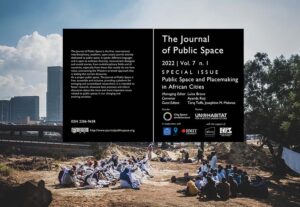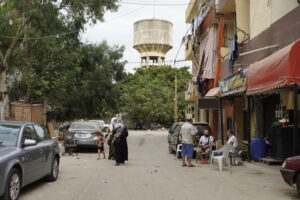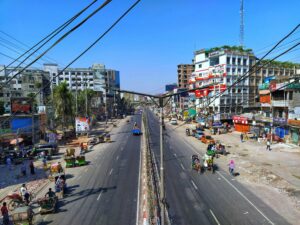Here are 10 tactics to plan for better walkability with immediate implementation, improving safety and reviving a city centre in the process.
by Jeff Speck
A rose by any other name would smell as sweet: Complete streets plan? Vision zero plan? Active mobility plan? Micro-mobility plan? Walkability study? I’ve called them “walkability studies” since 2019, when we did our first, in Oklahoma City. Now I call them “walkability plans,” because “study” does not suggest how these efforts produce street designs that can be implemented immediately—and often are.
Over 30 years, I’ve watched as my desire to do impactful work turned me from a would-be-architect into an urban designer into a city planner into a street guy. I still enjoy designing buildings, public spaces, and neighbourhoods, but what I seem to do most these days is pace city streets, because that’s where the real need is. Six years of postgraduate design school, and my most valuable skill is a dependably accurate 3-foot stride.
As related in Walkable City, people will choose to walk when walking is useful, safe, comfortable and interesting. Three of those qualities—useful, comfortable, and interesting—are principally a function of long-term planning. Proper zoning codes, incentives, and hand-holding can help a city achieve the mixed-use fabric of friendly-faced buildings that give people a reason to walk and keep walking. But these things take time, one political cycle at least. Meanwhile, a city can achieve much greater safety in just a year or two, before the next election, by fixing its streets.
Read the full article on CNU.
Recommended by Luisa Bravo











More Stories
San Francisco Shared Spaces Sustainability Strategy
Public Space and Public Life Studies
Realm of Possibility: 15 Ways NYC is Improving Public Space for New Yorkers